Descrição
O Remote Sensing Patent Landscape Report provides an in-depth patent landscape analysis, covering 18,309 patents from 2010 to 2024, collected across major global jurisdictions. This comprehensive dataset is derived from international patent filings and includes details on market trends, growth projections, and technology clustering, forming the basis for examining the evolution of satellite-based and AI-powered remote sensing technologies. By integrating both quantitative and qualitative data, the report establishes a solid foundation for assessing patent applications, technological advancements, and market growth in the remote sensing sector. This multifaceted approach supports insights into current competitive positioning and potential areas for future expansion in earth observation, environmental monitoring, defense, and commercial geospatial services.
The report is organized into key sections, each offering critical insights into various aspects of the remote sensing industry. The primary sections include the Patent Landscape Overview, Market and Competitor Analysis, Technology Analysis, and Key Players. Each section provides a unique viewpoint designed to support strategic decisions for research, investment, and competitive positioning within the global remote sensing domain.
Visão geral da paisagem
The landscape overview presents a clear picture of patent activity in remote sensing technologies, tracing trends from 2010 to 2024. The analysis reveals a strong upward trajectory in patent filings, with marked acceleration after 2015 and a peak in 2021. China, the United States, and Europe dominate patent activity, while Japan, South Korea, and India also demonstrate steady contributions. This growth reflects widespread adoption of satellite imaging, UAV-based sensing, AI-driven image analysis, and sensor fusion across defense, agriculture, climate science, and infrastructure monitoring.
Seção de Análise de Mercado
The market analysis section explores the commercial dimensions of the remote sensing industry, including global market value, deployment trends, and regional segmentation. The market was valued at USD 16.1 billion in 2023 and is projected to grow at a CAGR of 8–10% through 2030. Key growth drivers include demand for climate and environmental monitoring, defense and intelligence applications, precision agriculture, disaster management, and infrastructure planning. Asia-Pacific leads in adoption, followed by North America and Europe, with strong overlaps between patent activity and market uptake in satellite-based and AI-enabled services.
Seção de Análise de Tecnologia
The technology analysis section reviews core innovation areas such as multispectral and hyperspectral imaging, synthetic aperture radar (SAR), LiDAR, AI-driven geospatial analytics, and cloud-based remote sensing platforms. Top IPC categories include G01C (measuring distances, positions, and altitudes), G01S (radar, sonar, LiDAR), and G06T (image data processing). Emerging trends include deep learning for object recognition, autonomous UAV sensing, near-real-time analytics, and blockchain-enabled data sharing. This section identifies the leading clusters and patent themes that are defining the next generation of remote sensing capabilities.
Seção de Jogadores Top
The top player section offers insights into leading organizations driving remote sensing innovation, such as China Aerospace Science and Technology Corporation (CASC), Airbus Defence and Space, Maxar Technologies, Planet Labs, Lockheed Martin, and the Indian Space Research Organisation (ISRO). CASC leads in satellite development and data processing patents, Airbus emphasizes commercial satellite constellations, and Planet Labs is a pioneer in small satellite earth imaging. The report also maps collaboration networks, showing how partnerships between governments, research institutions, and private companies are fueling both technological advances and commercialization.
Overall
The report provides a comprehensive view of the remote sensing industry — from patent and market trends to competitive dynamics and technological priorities. Each section interlinks to present a cohesive understanding of the state and future direction of remote sensing science and applications. By blending patent data, market insights, and in-depth analysis of key technologies and players, the report functions as an essential guide for stakeholders in R&D, policy-making, defense, and investment who aim to leverage advancements in remote sensing for global impact and commercial advantage.
O que você receberá:
200+ Pages PDF Full Report
Slides em PDF com mais de 40 páginas
Arquivo Excel de cada figura incluindo dados estendidos
Pessoas que podem estar interessadas no relatório:
Chief Technology Officer
Profissionais de desenvolvimento de negócios
Executivos de Estratégia Corporativa
Oficiais de P&D e Inovação
Analistas de Investimentos
Gerentes de produto
Earth Observation Program Directors
Environmental Monitoring Specialists
Defense and Intelligence Analysts
Vice President – Engineering
Vice President – Operations
Heads of Space Programs
Profissionais de Planejamento Corporativo
Geospatial Data Scientists
Market Intelligence Specialists
Chefes de Inovação
Chefes de Estratégia
Diretores de Operações
Analistas de negócios
Remote Sensing Consultants
Academics and Policy Advisors
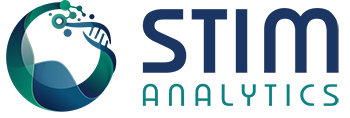

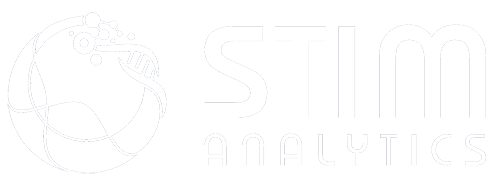
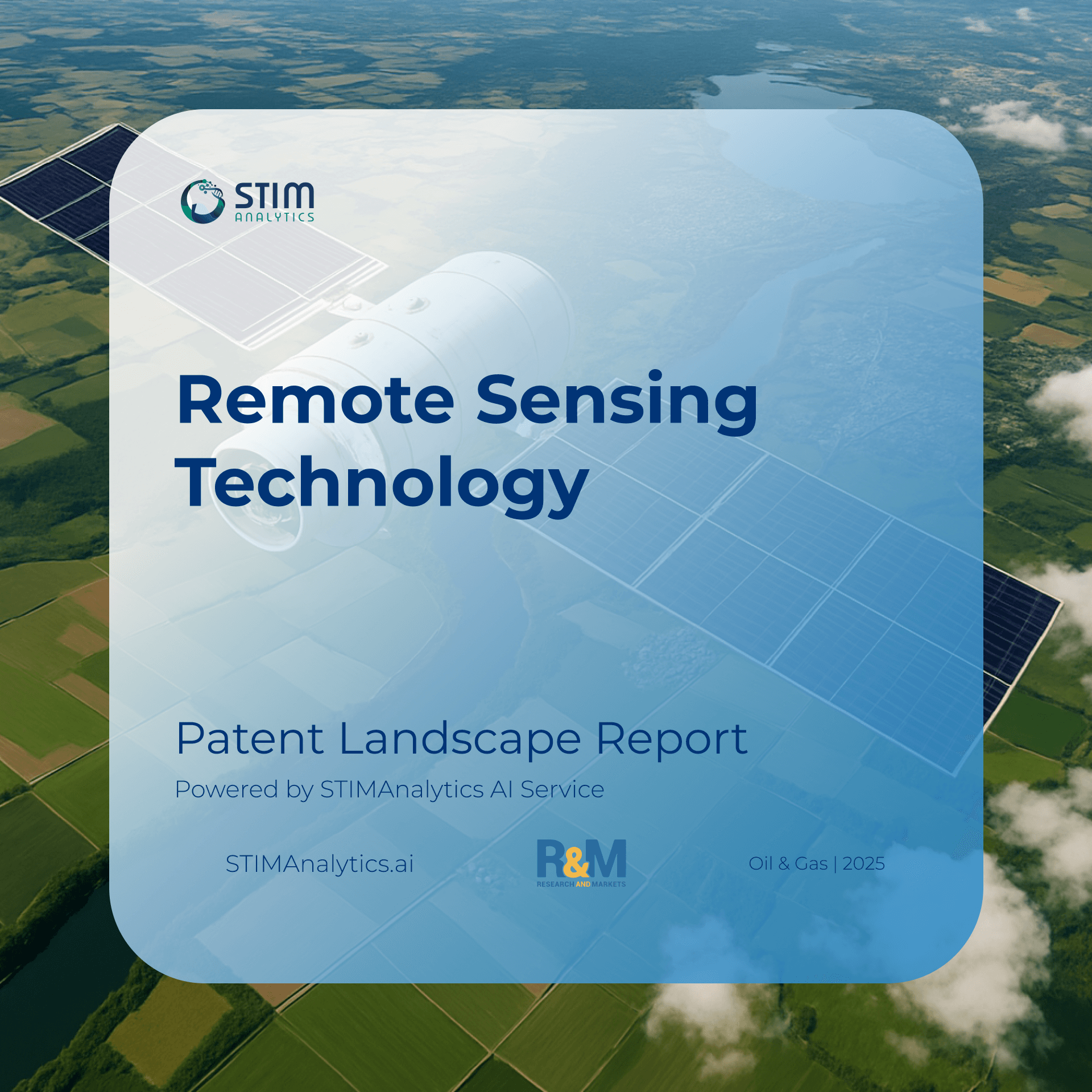
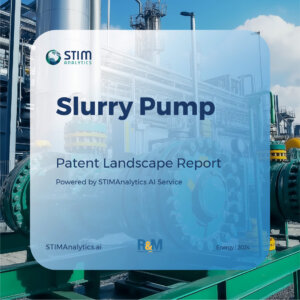
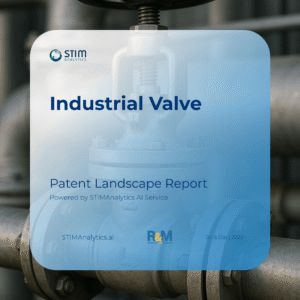
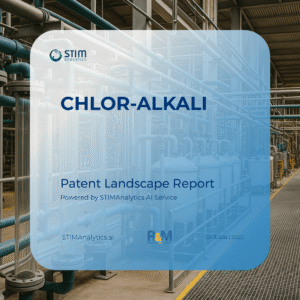
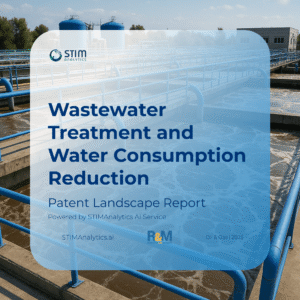
Avaliações
Ainda não há avaliações.